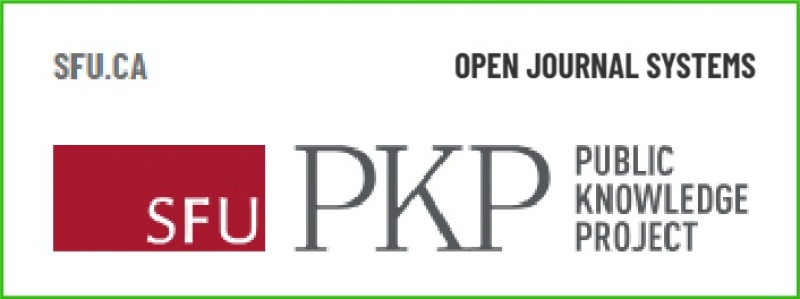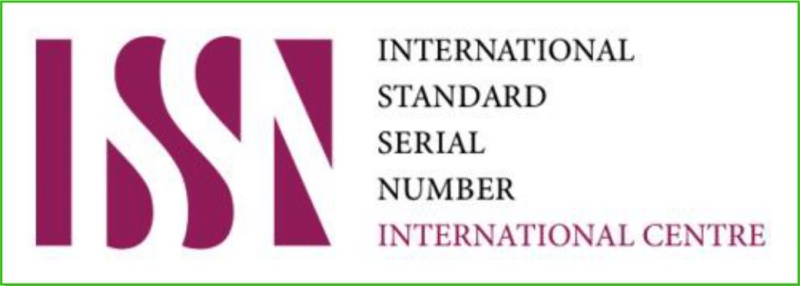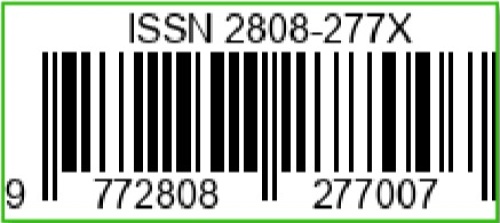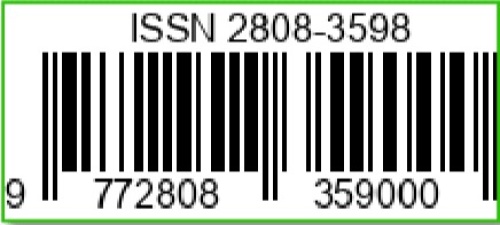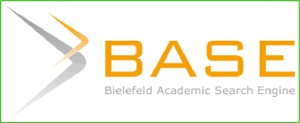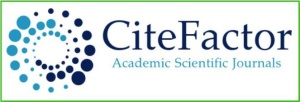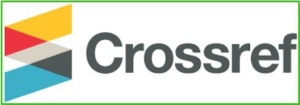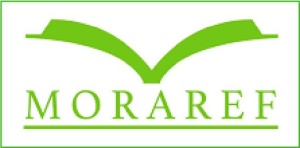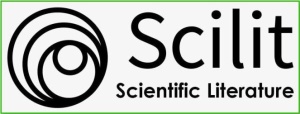Literature Review: Adolescent Idiopathic Scoliosis
DOI:
https://doi.org/10.36312/biocaster.v5i3.538Keywords:
Adolescent Idiopathic Scoliosis, Deformity, Early Detection, Adolescent BonesAbstract
Adolescent Idiopathic Scoliosis (AIS) is the most common spinal deformity seen by general practitioners, pediatricians, and spine surgeons in adolescents aged 10–18 years. Also known as “late-onset” scoliosis, AIS is typically characterized by a lateral curvature of the spine of ≥10° on radiological examination. This article aims to examine the characteristics, prevalence, diagnostic methods, and risk factors of AIS through a literature review. The method used was a literature review of several scientific articles from the PubMed, Scopus, and Google Scholar databases published within the past 10 years. The results of the study indicate that AIS is more common in females, with a global prevalence ranging from 0.47 to 5.2%. Physical examinations, such as the Adams forward bend test, are common initial screening methods for detecting postural abnormalities, such as rib hump or shoulder asymmetry. The conclusions of this review emphasize the importance of early detection of AIS to prevent progression of the disorder and long-term biomechanical complications.
Downloads
References
Addai, D., Zarkos, J., & Bowey, A. J. (2020). Current Concepts in the Diagnosis and Management of Adolescent Idiopathic Scoliosis. Child’s Nervous System, 36(1), 1111-1119. https://doi.org/10.1007/s00381-020-04608-4
Aulia, T. N., Djufri, D., Gatam, L., & Yaman, A. (2023). Etiopathogenesis of Adolescent Idiopathic Scoliosis (AIS): Role of Genetic and Environmental Factors. Narra Journal, 3(3), 1-10. https://doi.org/10.52225/narra.v3i3.217
Az-zahra, F. K., Fadila, A., Zahira, L. A. F., Firdaus, A. A. D. C., Fadlurrohman, M. Z., Anindya, M. N. A., Aryuni, B. A., Vaidika, I. K. S., Ramadhita, N. I. S., Putra, R. A. J., Akbar, R. A., & Alaydrus, M. M. (2024). Adolescent Idiopatic Scoliosis: A Literatur Review. Jurnal Biologi Tropis, 24(1), 121-130. https://doi.org/10.29303/jbt.v24i1b.7961
Burwell, R. G., Clark, E. M., Dangerfield, P. H., & Moulton, A. (2016). Adolescent Idiopathic Scoliosis (AIS): A Multifactorial Cascade Concept for Pathogenesis and Embryonic Origin. Scoliosis and Spinal Disorders, 11(8), 1-7. https://doi.org/10.1186/s13013-016-0063-1
Herdea, A., Charkaoui, A., & Ulici, A. (2020). Prevalence of 25‑OH‑Vitamin D and Calcium Deficiency in Adolescent Idiopathic Scoliosis. Journal of Medicine and Life, 13(2), 260-264. https://doi.org/10.25122/jml-2020-0101
Jinnah, A. H., Lynch, K. A., Wood, T. R., & Hughes, M. S. (2025). Adolescent Idiopathic Scoliosis: Advances in Diagnosis and Management. Current Reviews in Musculoskeletal Medicine, 18(1), 54-60. https://doi.org/10.1007/s12178-024-09939-2
Kaelin, A. J. (2020). Adolescent Idiopathic Scoliosis: Indications for Bracing and Conservative Treatments. Annals of Translational Medicine, 8(1), 28-38. https://doi.org/10.21037/atm.2019.09.69
Kikanloo, S. R., Tarpada, S. P., & Cho, W. (2019). Etiology of Adolescent Idiopathic Scoliosis: A Literature Review. Asian Spine Journal, 13(3), 519-526. https://doi.org/10.31616/asj.2018.0096
Kusumi, K., & Dunwoodie, S. L. (2018). The Genetics and Development of Scoliosis. 2nd ed. Cham: Springer International Publishing.
Kuznia, A. L., Hernandez, A. K., & Lee, L. U. (2020). Adolescent Idiopathic Scoliosis: Common Questions and Answers. American Family Physician, 101(1), 19-23.
Latalski, M., Bromberek, A. D., Fatyga, M., Latalska, M., Kröber, M., & Zwolak, P. (2017). Current Insights into the Aetiology of Adolescent Idiopathic Scoliosis. Archives of Orthopaedic and Trauma Surgery, 137(10), 1327-1333. https://doi.org/10.1007/s00402-017-2756-1
Newton, P. O., Samdani, A. F., Shufflebarger, H. L., Betz, R. R., & Harms, J. (2021). Idiopathic Scoliosis: The Harms Study Group Treatment Guide (2nd ed.). New York: Thieme Medical Publishers.
Peng, Y., Wang, S. R., Qiu, G. X., Zhang, J. G., & Zhuang, Q. Y. (2020). Research Progress on the Etiology and Pathogenesis of Adolescent Idiopathic Scoliosis. Chinese Medical Journal, 133(4), 483-493. https://doi.org/10.1097/CM9.0000000000000652
Safnowandi, S. (2022). Pemanfaatan Vitamin C Alami sebagai Antioksidan pada Tubuh Manusia. Biocaster : Jurnal Kajian Biologi, 2(1), 1-8. https://doi.org/10.36312/bjkb.v2i1.43
Shanmuganathan, R., Sukumaran, S. V. A. K., & Shetty, A.P. (2020). Etiology and Natural History of Adolescent Idiopathic Scoliosis. Indian Spine Journal, 3(2), 131-142. https://doi.org/10.4103/isj.isj_62_19
St-Georges, M., Teles, A. R., Rabau, O., Saran, N., Ouellet, J. A., & Ferland, C. E. (2020). Adolescent Idiopathic Scoliosis: Evaluating Perioperative Back Pain through a Simultaneous Morphological and Biomechanical Approach. BMC Musculoskeletal Disorders, 21(1), 1-11. https://doi.org/10.1186/s12891-020-03462-4
Tetik, Y., Atıç, R., Ulus, S. A., Özkul, E., Yiğit, Ş., & Aydın, A. (2024). Evaluation of Adolescents with Idiopathic Scoliosis Treated with Posterior Spinal Fusion. Journal of Turkish Spinal Surgery, 35(3), 106-112. https://doi.org/10.4274/jtss.galenos.2024.60362
Thomas, J. J., Stans, A. A., Milbrandt, T. A., Kremers, H. M., Shaughnessy, W. J., & Larson, A. N. (2021). Trends in Incidence of Adolescent Idiopathic Scoliosis: A Modern US Population-based Study. Journal of pediatric orthopedics, 41(6), 327-332. https://doi.org/10.1097/BPO.0000000000001808
Wang, X., Yue, M., Cheung, J. P. Y., Cheung, P. W. H., Fan, Y., Wu, M., Wang, X., Zhao, S., Khanshour, A. M., Rios, J. J., Chen, Z., Wang, X., Tu, W., Chan, D., Yuan, Q., Qin, D., Qiu, G., Wu, Z., Zhang, T. J., Ikegawa, S., Wu, N., Wise, C. A., Hu, Y., Luk, K. D. K., Song, Y. Q., & Gao, B. (2024). Impaired Glycine Neurotransmission Causes Adolescent Idiopathic Scoliosis. Journal of Clinical Investigation, 134(2), 1-15. https://doi.org/10.1172/JCI168783
Downloads
Published
How to Cite
Issue
Section
License
Copyright (c) 2025 Puja Rizkina Angelita

This work is licensed under a Creative Commons Attribution-ShareAlike 4.0 International License.
-
Attribution — You must give appropriate credit, provide a link to the license, and indicate if changes were made. You may do so in any reasonable manner, but not in any way that suggests the licensor endorses you or your use.
-
ShareAlike — If you remix, transform, or build upon the material, you must distribute your contributions under the same license as the original.


